|
Washington State: introduction
Visiting one of North America's leading wine
growing regions
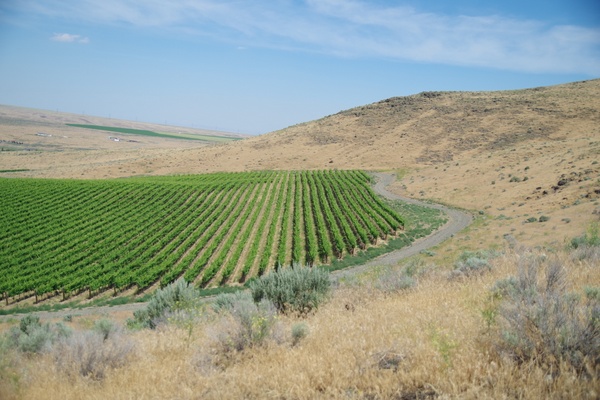
One of my ambitions as a
wine writer is to visit every wine region at least once. I'm still
some distance from reaching this target, but that's probably a good
thing: after all, it would be an unhappy thing for anyone to achieve
all their ambitions.
This was the first time I'd
visited Washington State, in America's Pacific Northwest, so I was
quite excited. But at the same time, I suspected that I'd make fewer
discoveries here than in its southern neighbour state, Oregon. Why?
Because Washington State is pretty much an entirely irrigated region
–
it's practically a desert. And because it is dominated by one large
wine company, Château Ste Michelle. And because its red wine focus
has been Bordeaux varieties.
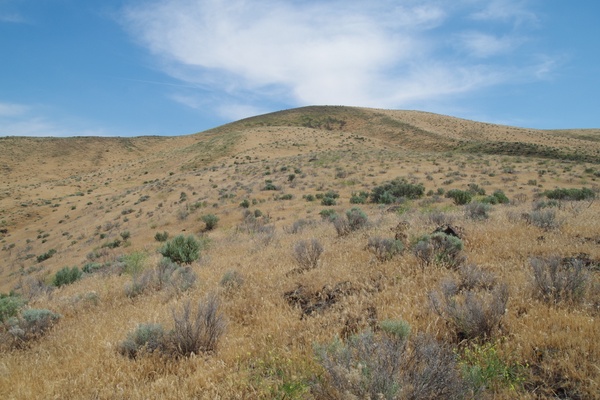
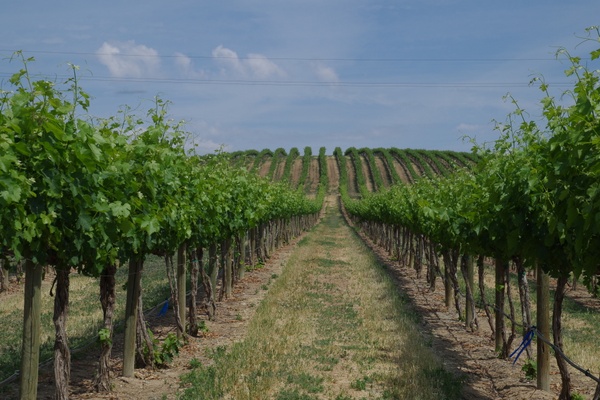
In contrast, Oregon is
cooler, has enough rainfall to dry grow vines, is dominated by small
producers, and its main grape is Pinot Noir. But as usual, whenever
I visit somewhere new, I do my best to set any prejudices aside, and
prepare to take on the experience with an open mind.
In the Pacific northwest,
it sits above Oregon and below the Canadian border. Fly into
Seattle, and beyond the city boundaries you are faced with a lush,
green landscape, well watered by the seemingly incessant rain. But
drive inland a couple of hours, heading east over the Cascade
mountains, and it’s as if you have entered another country. Green
gives way to brown and ochre. There’s not enough rainfall to
dry-grow vines, except for in small pockets such as parts of the
Columbia Gorge. But the warm summers and lack of rainfall makes this
a good place for wine grapes, for here there a good supply of water
from the Columbia River, which is the fifth largest in the USA. This
irrigation water has made this an important agricultural region,
known for its hops, cherries, peas and apples. And now wine grapes,
also.
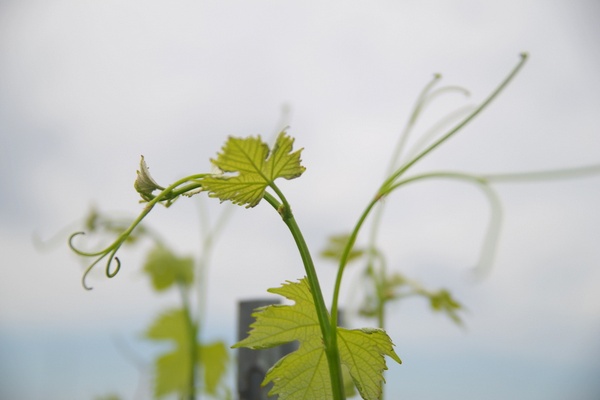
Wine is doing well in
Washington State. The first AVA here was the Yakima Valley,
established as recently as 1983. Then, there were just 40 wineries
here. Now there are 850 licensed wineries in the state (although for
various reasons – such as some wineries having more than one licence
– this number is certainly an over-estimate of the number of ‘real’
wineries, which is closer to 600).
Currently, the wine scene
is growing by just under 9% a year. Vineyard area is now at 57 000
acres (23 000 hectares), which is double the size of Oregon, but it
has the potential to grow to 200 000 acres (81 000 hectares).
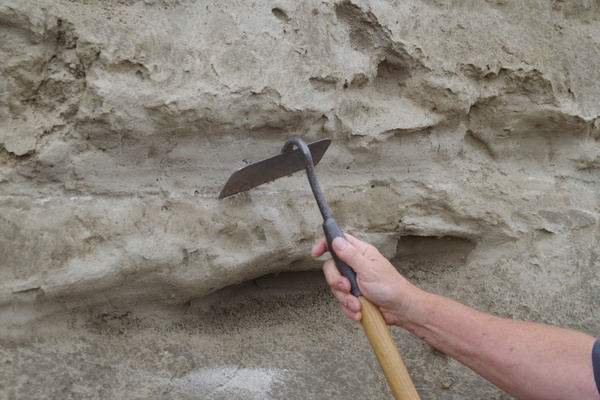
Because of the lack of
rainfall soil organic content is low. The soils are predominantly
sandy, loamy soils over basalt with a thin layer of loess on top
(loess looks a bit like ultra-fine sand: it is fine-grained and made
up of small dust-ike grains). Vines are usually grown own-rooted
here because phylloxera can't cope with the sandy-ish soils. And
there's very little disease pressure because of the lack of rain.
The main hazard here is winter cold, with extreme lows liable to
take out vines from time to time.
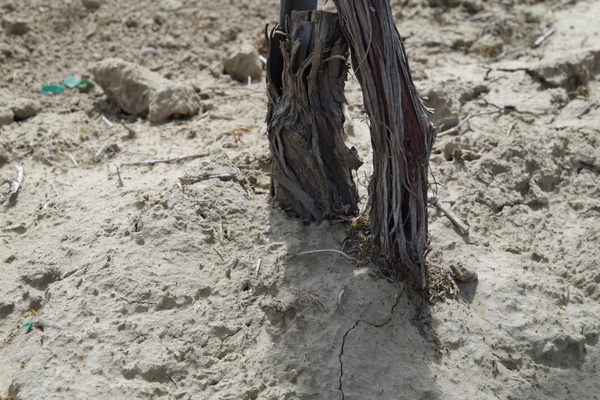
The state's reliance on
irrigation does have one advantage, though, because careful control
of irrigation can help with wine quality. In particular, switching
irrigation on and off at the right time can regulate berry size at
the cell division stage, and this is research that has been carried
out at Washington State University. [Berry size is defined at
veraison, and for making red wines smaller berries are better:
first, they have a higher skin to pulp ratio, and second they create
looser bunches which are less susceptible to disease.]
There is a significant
geological event that has helped create the terroir in the Columbia
Valley. 'What happened here 10 000 years ago made this a great wine
region,' says Chris Upchurch of Delille, referring to a series of
dramatic water events known as the Missoula Floods. 'We imported all
our soils from Utah, Idaho and Montana.' These floods occurred
several times, around the end of the last ice age, in cycles of
warming and cooling. Each time, a huge lake, 700 metres deep, was
bounded by glaciers. When these melted and failed, the water was
released, creating a huge wave. ‘In Missoula you can still see on
the hills the layers where the lake was,’ says Upchurch. ‘This was
discovered by a park ranger in the 1920s.' The fact that this great
mass of water couldn’t pass quickly through the Wallula Gap (a
narrow break in the basalt folds along the Columbia river in the
south of the state. pictured below) meant
that it had plenty of time to deposit sediments (slack water
deposits) which now form many of the soils in this part of the
state.
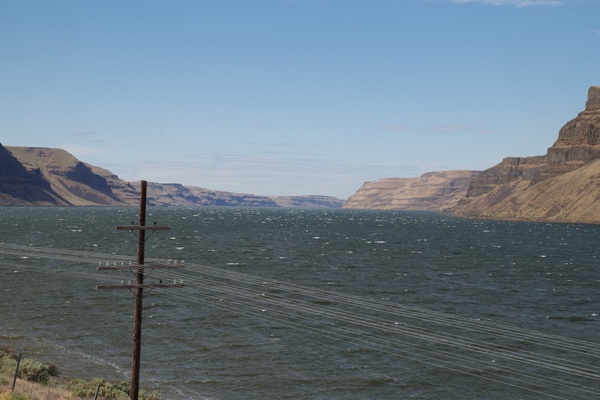
One of the distinctive
features of this large region is the dominance of one large company:
Ste Michelle Wine Estates, which in turn is owned by tobacco company
Altria (previously known as Philip Morris). The most famous name in
the portfolio is Chateau Ste Michelle, closely followed by Columbia
Crest. Other wine brand include Col Solare, North Star, 14 Hands and
Spring Valley. This dominance reflects the history of winegrowing in
the state. The company began as the National Wine Company in 1934,
and this then merged with the Pomelle Wine Company to form the
American Wine Growers in the 1950s. In 1967 famous Californian
winemaker André Tchelitscheff joined as a consultant, and a new
name, Ste Michelle Vintners, was adopted for wines made exclusively
from vinifera varieties. In 1976 the winery moved to Woodinville and
the name changed to Chateau Ste Michelle. The dominance of Ste
Michelle Wine Estates is reflected in the fact that they buy around
two-thirds of Washington State's production of vinifera grapes
(there's still quite a bit of Concord, an American non-vinifera
variety grown here).
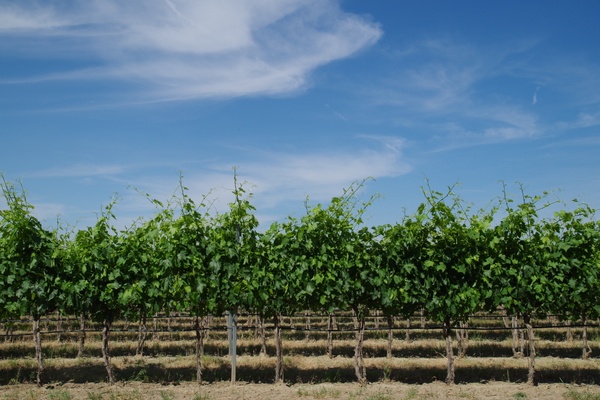
Aside from Ste Michelle,
the other notable large winery in the state is the Columbia Winery,
which was first started in 1962 by a group of 10 friends (six of
whom were Washington State University Professors, led by the dean of
the psychology department, Dr Lloyd Woodburn). The winery began in
Woodburn's garage, and was called the Associated Vintners. In 1963
they planted the first vines at Harrison Vineyard, and a big step
was taken in 1979 when they hired David Lake, the first MW in north
America. They were the first to do vineyard designate wines in the
state in 1981, and in 1983 changed their name to Columbia Winery. In
1988 David's inaugural Syrah release was the first example of this
variety from Washington State. Since 2012 they have been owned by
Gallo, and in this short time production has risen from 100 000
cases in to 400 000.
The structure of the
Washington State wine industry reflects the dominance of larger
companies. 90% of wines from the state retail in the USA at $12 or
less. They are mostly well made, tasty wines that deliver good value
for money, but which have very little sense of place. This is where
the Washington State identity problem begins. Some wines are
labelled as just Columbia Valley (the catch-all AVA that covers
about 99% of the vineyards in the state), without mentioning
Washington State on the label at all. But not having the state’s
name on the label has meant that the brand equity in Washington
State has not been built as strongly as it ought to have been.
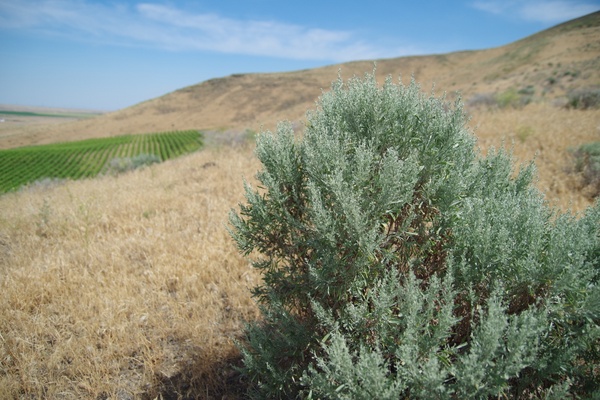
The first AVA in the state
was the slightly more meaningful Yakima Valley (1983), which remains
the largest of the proper AVAs, closely followed by Horse Heaven
Hills, Red Mountain, Snipes Mountain and Wahluke Slope, which were
all designated in the 2000s. Perhaps the most interesting AVAs for
fine wine are the more easterly AVAs of Columbia Gorge and Walla
Walla, both of which straddle the border with Oregon.
There are five varieties
that have more than 1000 hectares under vine. While Riesling is the
state's most famous white variety, there's actually more Chardonnay
planted here (3100 versus 2600 hectares). Of red varieties, Cabernet
and Merlot are kings (4200 and 3300 hectares respectively), with
Syrah a rising star (1300 hectares).
'Washington is in this
weird state of being able to do a lot of things very well,' says
Marcus Miller of Airfield Estates. 'My personal favourite is
Cabernet Sauvignon, but the grape we do most of is Chardonnay.'
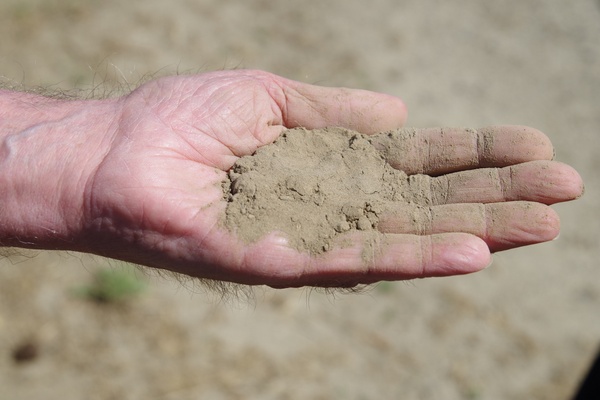
Although Merlot is widely
seen as a junior and lesser partner to Cabernet, here it excels,
making wines with presence and structure. 'Merlot to me is one of
the stars of Washington State,' says Bob Bertheau of Ste Michelle.
Caleb Foster, winemaker for J Bookwalter, is even more bullish about
this grape: 'Merlot here is the best in the world,' he says. 'There
are two great places on the planet for Merlot: Washington State and
Pomerol.'
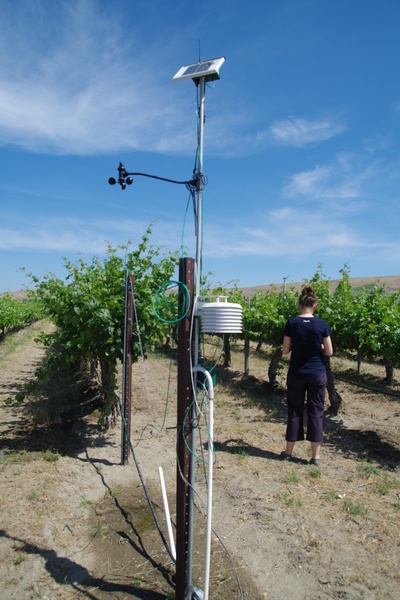
'In 20 years’ time
Washington State will be known for Syrah,' says Jeff Lindsay-Thorsen,
whose boutique operation WT Vintners is making some stunning wines
from a lock-up in the Woodinville Warehouse district. 'Cabernet
grows well in Washington, but Syrah reflects the place where it is
grown.' Boo Walker of Hedges adds that, 'if Syrah were easier to
sell, we would grow a lot of Syrah.’
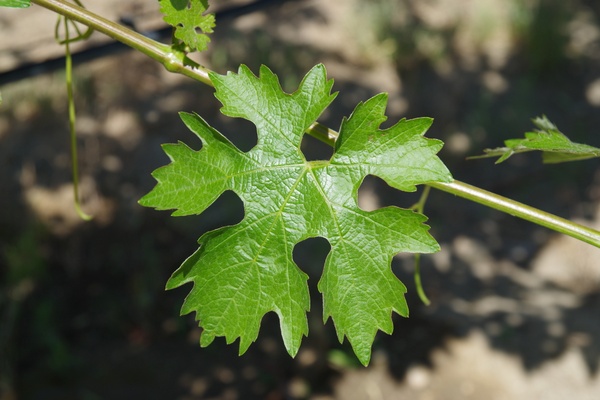
Despite the structure of
the industry, with the dominance of more affordable wine, there’s a
growing fine wine dimension here, too. Smaller producers are
increasingly making wines that are catching the attention of
critics, and there’s a welcome move away from the big, riper-styled
red wines that have been popular in the past. This tendency to
favour ripeness has been encouraged by the wine law that allows
significant water addition to must to reduce the potential alcohol
levels. ‘We do some water backs if the sugars get out of control,’
admits Ste Michelle’s Berthau. ‘The regulation is that you can't go
below [water back to] 22 Brix which is ridiculously low. It is very
common here.’ But, he adds, ‘Winemakers and critics together are
moving away from the high alcohol and sweet fruit combination.’
WASHINGTON STATE WINES
 Introduction Introduction
 Betz Betz
 Columbia
Winery Columbia
Winery
 De
Lille De
Lille
 WT
Vintners WT
Vintners
 Savage
Grace Savage
Grace
 Chateau
Ste Michelle Chateau
Ste Michelle
 Andrew
Will Andrew
Will
 Airfield
Estates Airfield
Estates
 Hedges Hedges
 Milbrandt
Vineyards Milbrandt
Vineyards
 Ciel
du Cheval Vineyard Ciel
du Cheval Vineyard
 Col
Solare Col
Solare
 Powers/Badger
Mountain Powers/Badger
Mountain
 J
Bookwalter J
Bookwalter
 Pacific
Rim Pacific
Rim
 Gordon
Estate Gordon
Estate
 Long
Shadows Long
Shadows
 Seven
Hills Seven
Hills
 Charles
Smith Charles
Smith
 Geology
with Kevin Pogue Geology
with Kevin Pogue
 Leonetti Leonetti
 Woodward
Canyon Woodward
Canyon
 Gramercy
Cellars Gramercy
Cellars
 L'Ecole
No 41 L'Ecole
No 41
 Columbia
Crest Columbia
Crest
 Maryhill Maryhill
 Memaloose/Idiot's
Grace Memaloose/Idiot's
Grace
 COR
Cellars COR
Cellars
 Syncline Syncline
Wines
tasted 06/15
Find these wines with wine-searcher.com
Back
to top
|

